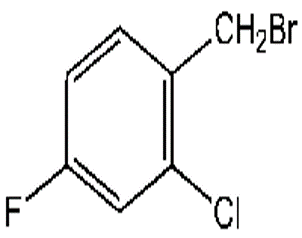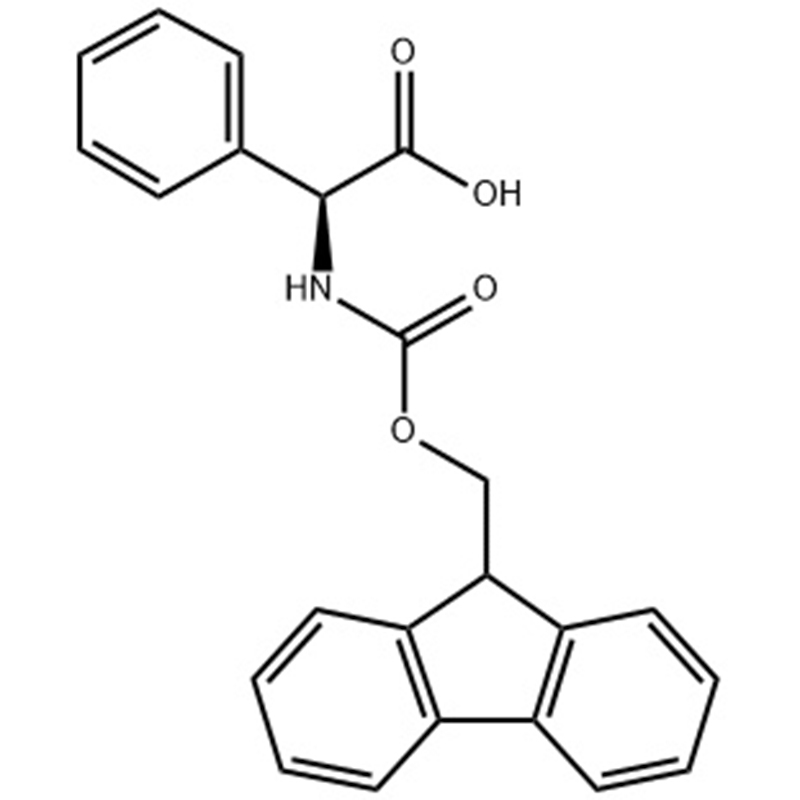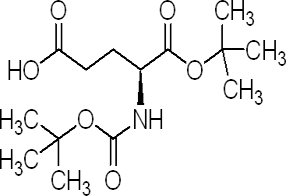2-Chloro-4-fluorobenzyl bromide(CAS# 45767-66-6)
| Risk Codes | R34 – Causes burns R22 – Harmful if swallowed |
| Safety Description | S45 – In case of accident or if you feel unwell, seek medical advice immediately (show the label whenever possible.) S36/37/39 – Wear suitable protective clothing, gloves and eye/face protection. S26 – In case of contact with eyes, rinse immediately with plenty of water and seek medical advice. |
| UN IDs | 3265 |
| HS Code | 29039990 |
| Hazard Note | Corrosive/Lachrymatory |
| Hazard Class | 8 |
| Packing Group | III |
Introduction
2-Chloro-4-fluorobenzyl bromide is an organic compound with the chemical formula C7H5BrClF. It is a colorless or light yellow oily liquid at room temperature. The following is a description of the nature, use, preparation and safety information of 2-Chloro-4-fluorobenzyl bromide:
Nature:
-Appearance: colorless or light yellow oily liquid
-Solubility: Slightly soluble in water, soluble in organic solvents such as ethanol and dichloromethane
-Melting point:-10°C
-Boiling Point: 112-114°C
-Density: 1.646 g/mL
Use:
2-Chloro-4-fluorobenzyl bromide is often used as an important intermediate and raw material in organic synthesis. It can be used in the synthesis of other organic compounds, such as heterocyclic compounds, drugs and dyes.
Preparation Method:
2-Chloro-4-fluorobenzyl bromide can be prepared by reacting 2-chloro-4-fluorobenzyl alcohol with hydrogen bromide. First, 2-chloro-4-fluorobenzyl alcohol is esterified with hydrogen bromide in the presence of a base to produce 2-chloro-4-fluorobenzyl bromide. Then, it was purified by extraction with concentrated hydrochloric acid and distillation to obtain the target product 2-Chloro-4-fluorobenzyl bromide.
Safety Information:
The following safety precautions should be observed when using or handling 2-Chloro-4-fluorobenzyl bromide:
-Avoid contact with skin, eyes and mucous membranes. In case of contact, flush with plenty of water and seek medical attention.
-During operation, use appropriate protective equipment, such as protective gloves, safety glasses and protective clothing.
-Avoid inhaling its vapors or dust. During the operation, it should be ensured that it is in a well-ventilated place.
-Storage should be sealed to avoid contact with oxidants and strong acids/alkalis.








